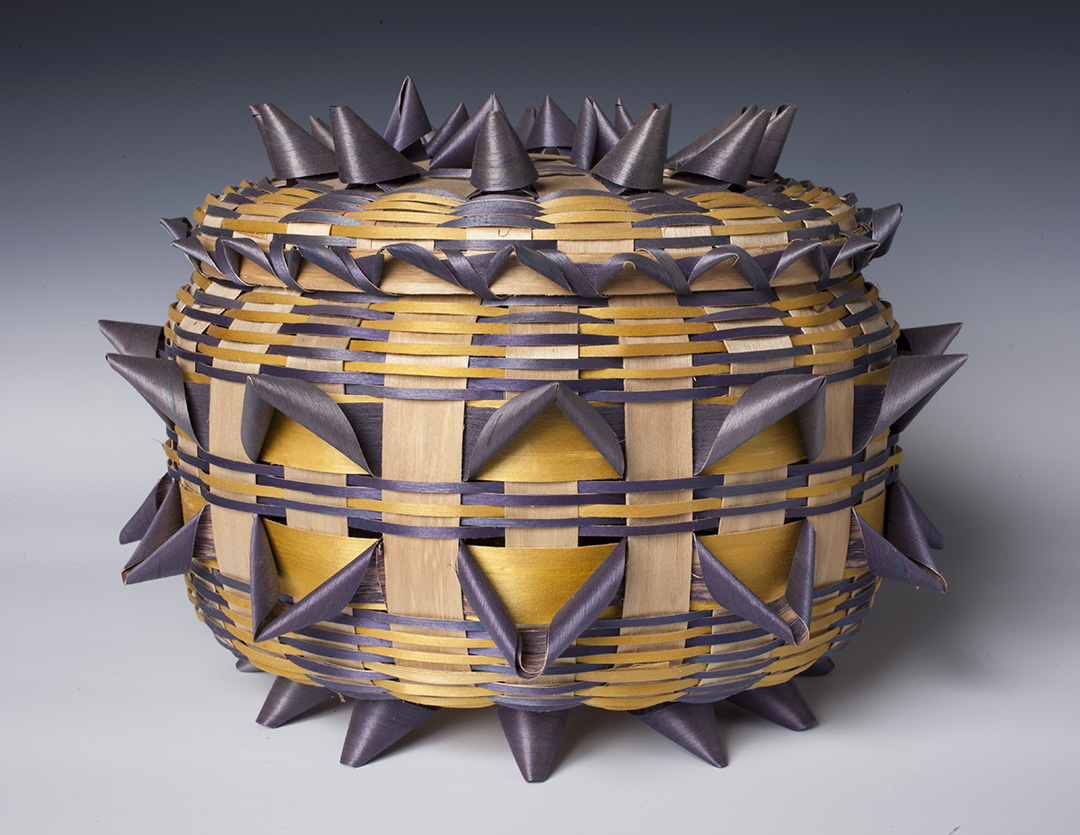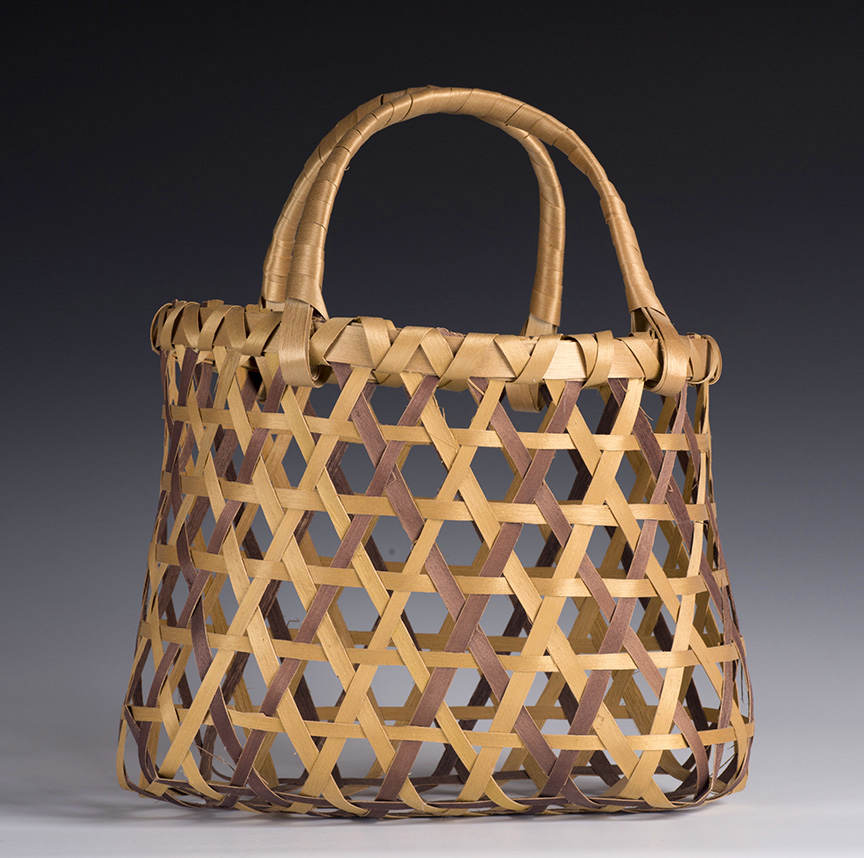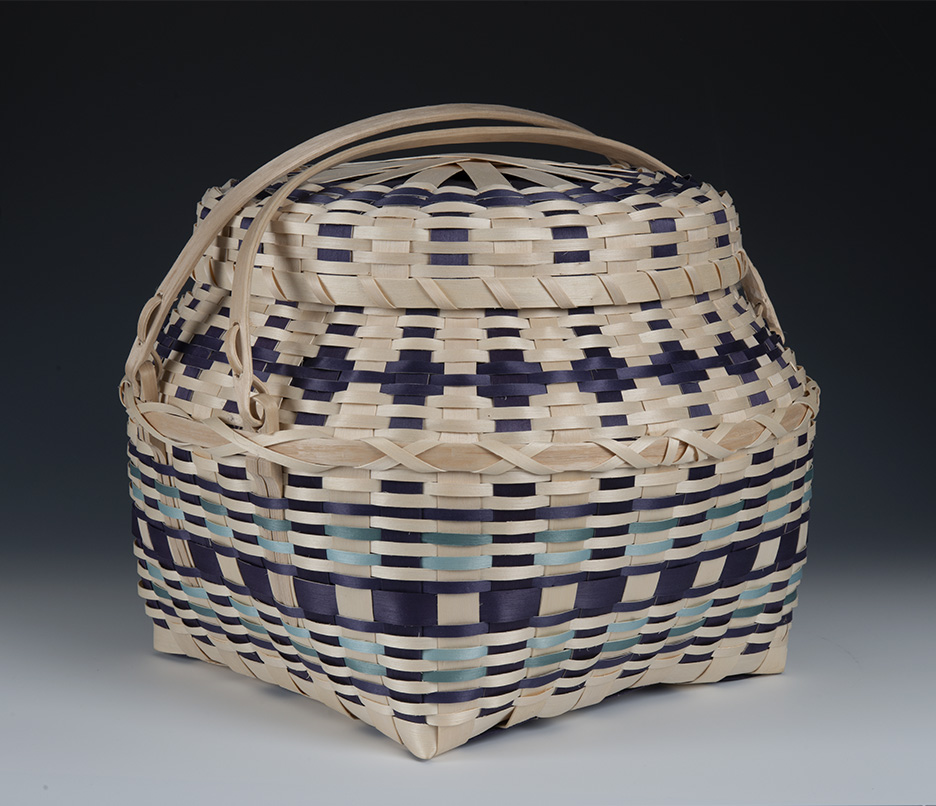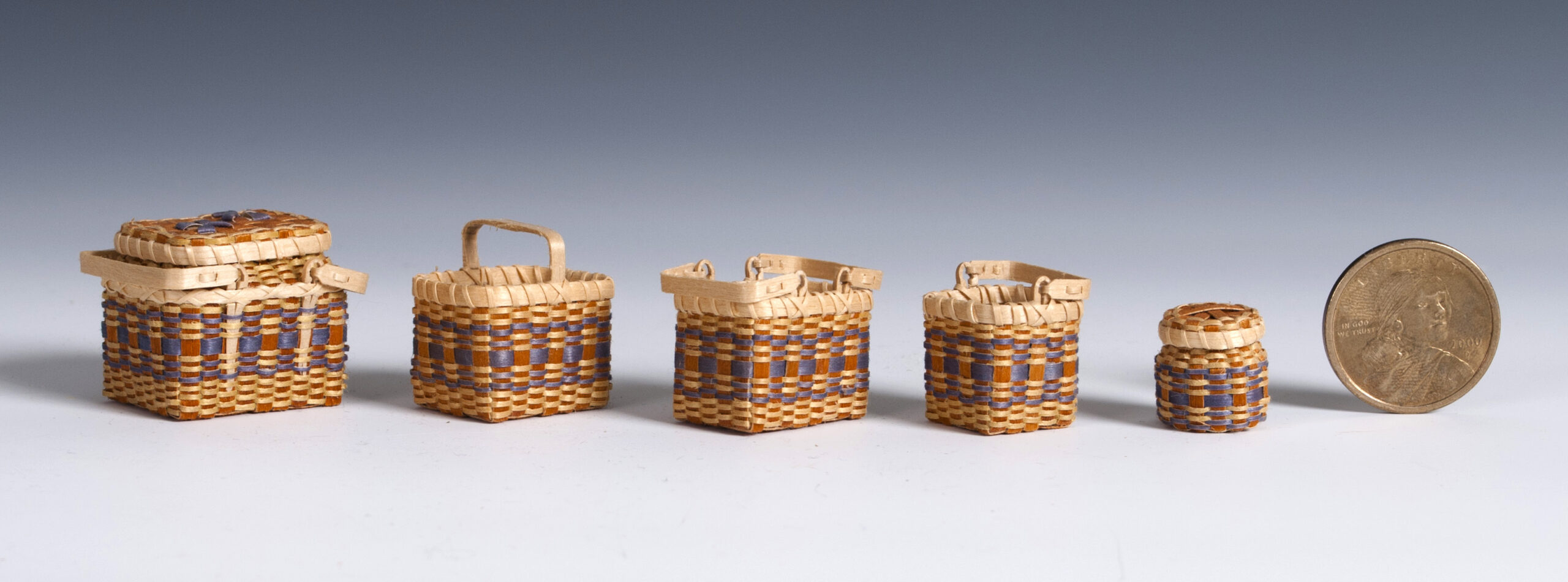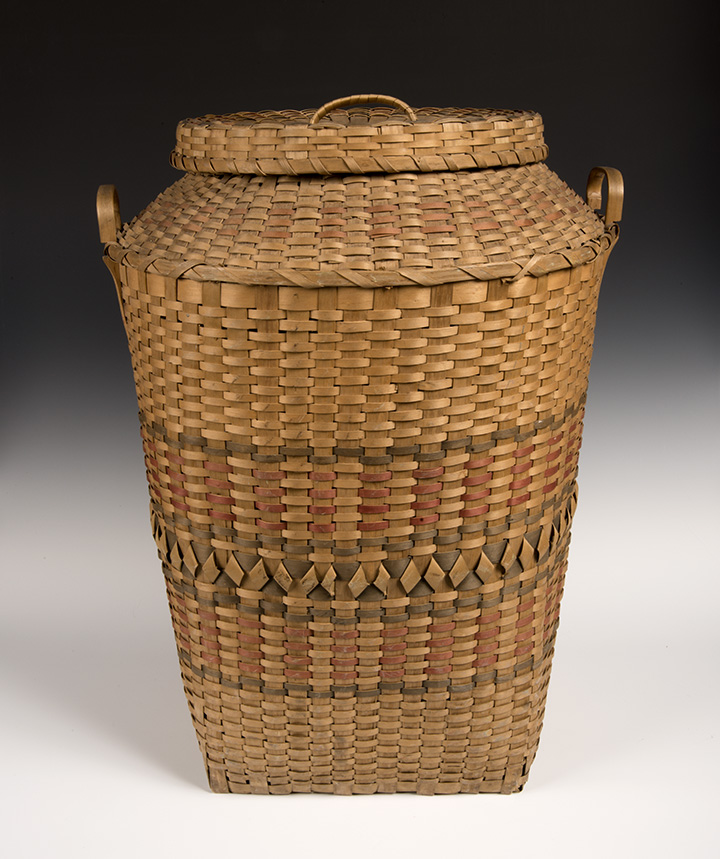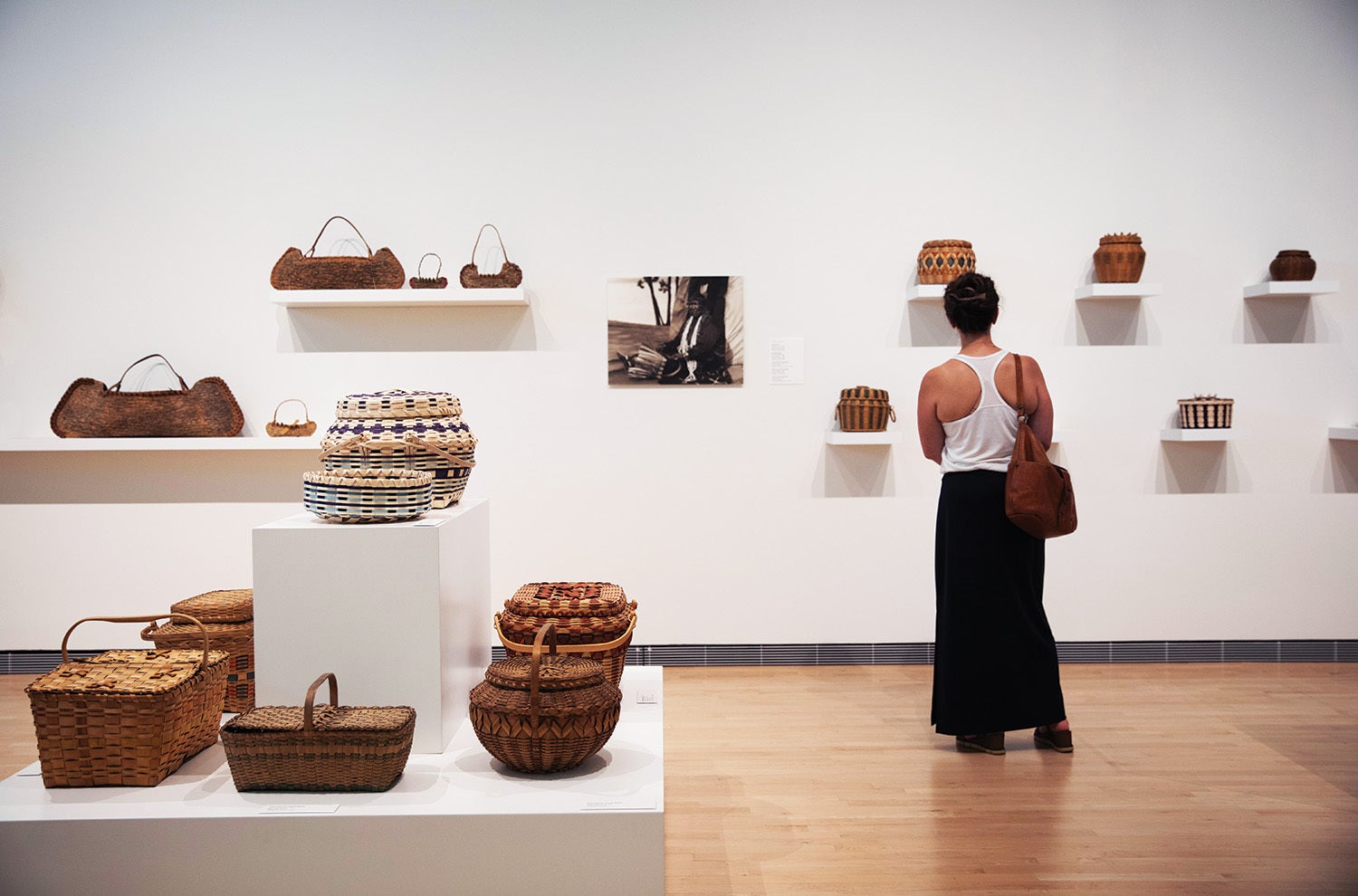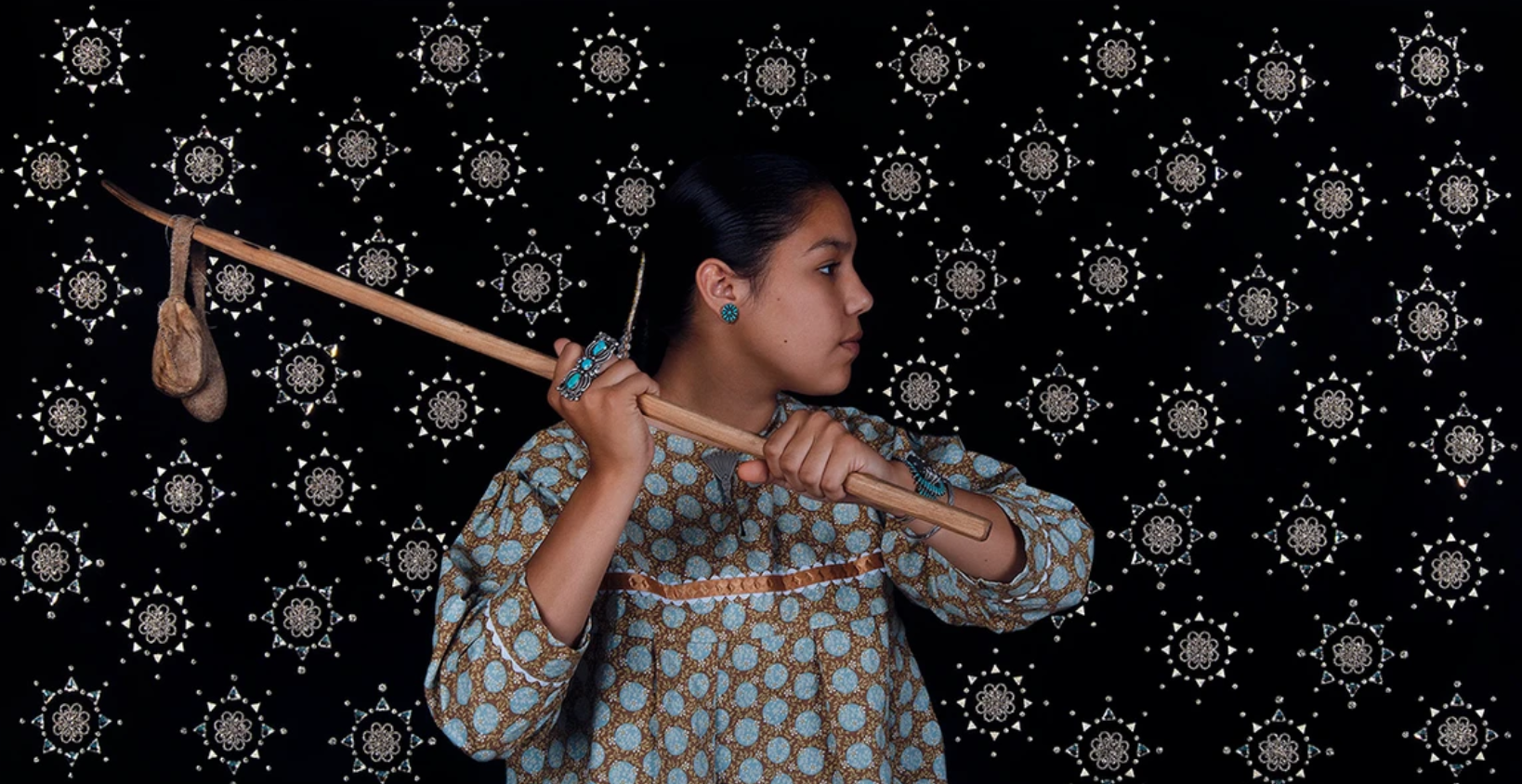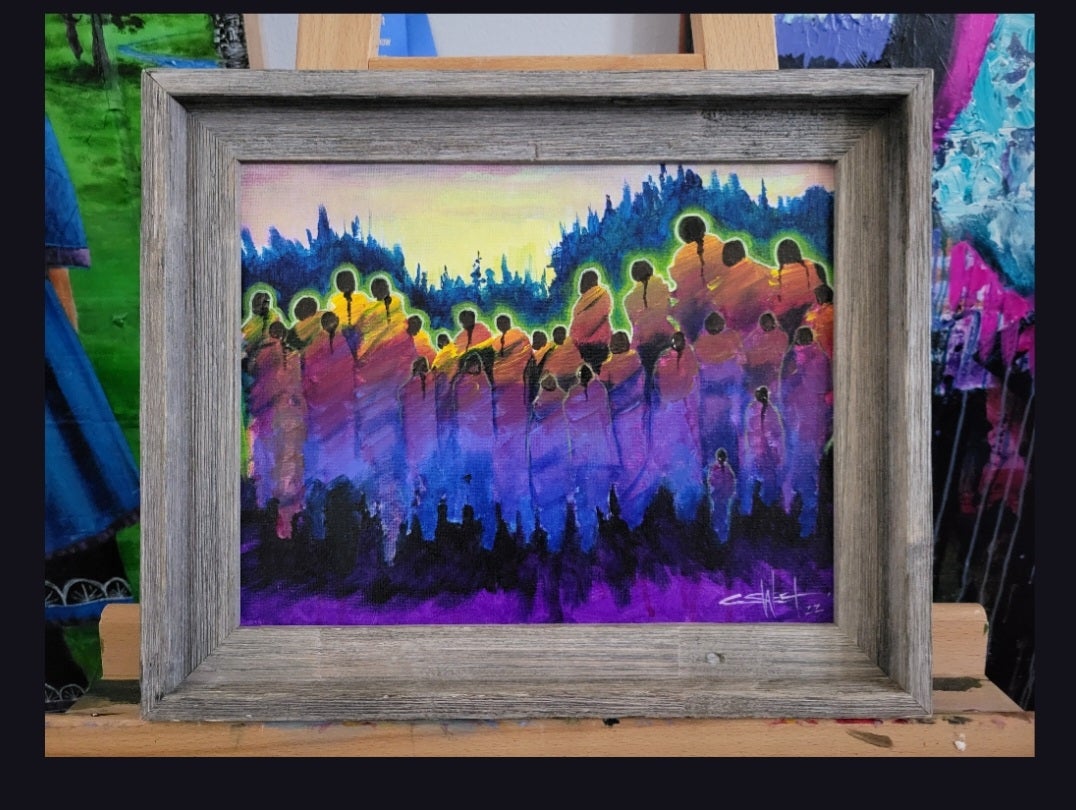Editor’s note: “Weaving a Legacy” is again on display at the Paine Art Center in Oshkosh through June 29, 2025. More information is available at the museum’s website.
A new exhibit on display at the Museum of Wisconsin Art gives visitors a close-up look at the history and enduring tradition of Ho-Chunk basketmaking.
Ho-Chunk people have been weaving baskets from the wood of black ash trees, which are native to the Great Lakes region, since at least the 1820s. A story passed down through generations explains that a Ho-Chunk woman had a dream where a voice guided her to a black ash tree and instructed her to cut strips of wood and weave them together.
Stay informed on the latest news
Sign up for WPR’s email newsletter.
At the end of the dream, “the voice told her that she will never want for money because she could trade this (basket) or sell it,” said Tom Jones, a Ho-Chunk photographer and artist who has been collecting the baskets at his home and studio in Prairie du Sac.
By the mid-20th century, it was common for Ho-Chunk makers to sell their baskets at roadside stands in the Wisconsin Dells and other tourist destinations. Jones said that for many years, selling baskets was an economic engine for the tribe — and their baskets made their way into homes around the state.
“So many people have bought and collected these baskets throughout the years,” Jones said in a recent interview on WPR’s “Wisconsin Today.” “It’s like almost every family in Wisconsin has a Ho-Chunk basket.”
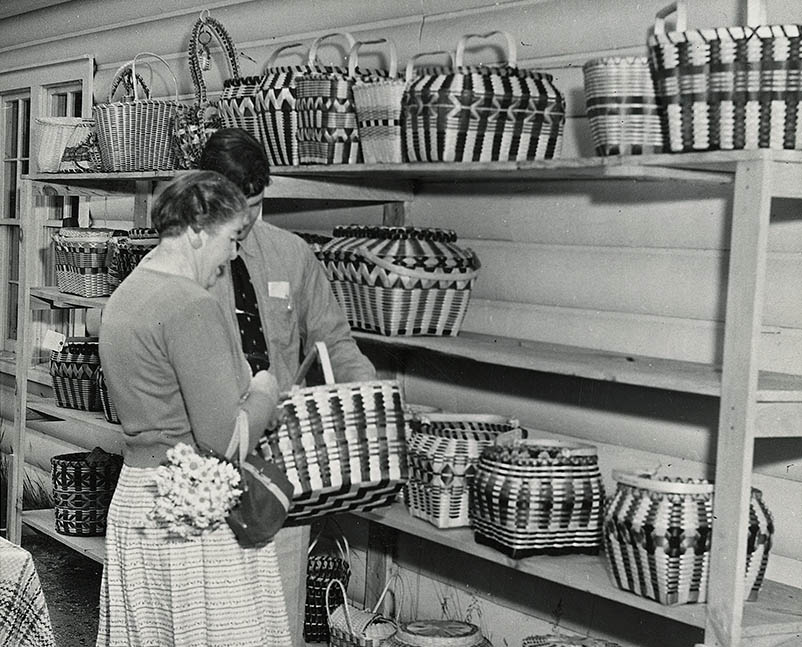
Over the years, Jones has photographed more than 2,000 Ho-Chunk baskets from around the state. Using these photos as a guide, he and Museum of Wisconsin Art curator Jane Aspinwall selected 200 baskets from 40 different makers to display at an exhibit called “Weaving a Legacy: Ho-Chunk Black Ash Basketry.”
The museum in West Bend says it’s the first exhibit showcasing the Ho-Chunk basketmaking tradition. “These baskets have never been documented in a comprehensive way before,” Aspinwall said. “This exhibition is really unique.”
In recent years, the Ho-Chunk basketmaking tradition has come under threat from the emerald ash borer, an invasive green beetle that arrived in Wisconsin in 2008 and has been steadily destroying the ash population throughout the state.
“There’s probably only about 15 active makers now,” Jones said. “Because of the emerald ash borer, it’s been getting harder and harder to find the logs or the trees, so they’ve been having to move further and further north.”
Making black ash baskets in the Northwoods
April Stone, who lives on the Bad River reservation in northern Wisconsin, is one of those basket makers.
“I’d love to say that (learning to make baskets) had to do with a great-grandmother, but that is not the case for myself,” she said with a laugh.
Stone got involved in basketry after she and her then husband took different folk art classes at the North House Folk School in Grand Marais, Minnesota. She learned how to felt wool slippers, and he made a lunch basket out of black ash that he used for about a year before the stitching around the rim broke.
“It just kind of startled me and woke me up to something,” Stone said. “All of a sudden, I wanted him to show me how to make a basket. So in the spring of 1999, I made my first basket, and it’s still with me.”
After making that first basket, Stone was hooked.
“For that next year, I did nothing but raise babies and make baskets and learn as much as I could about this fantastic, beautiful local material that grew all around me,” she said.
At first, Stone was trying to make something useful. But after a while, basketmaking felt like part of a healing process.
“What I realized through making the baskets was that it was not just opening up myself, but it was also opening up the people who were with me when they were making their baskets,” Stone said. “People would call me, sometimes a year later, and share with me a story about an experience that they’d had. And they felt something in their life shifted from when they made that basket with me.”
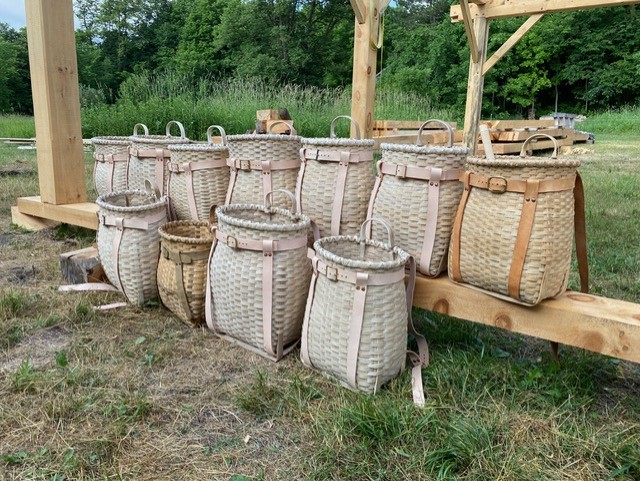
Now, 25 years after making her first black ash basket, Stone has a studio dedicated to basketmaking. She teaches classes and has taken on apprentices with support from the Wisconsin Arts Board to help other Indigenous makers bring the craft back to their own tribal communities.
“I am always open to sharing with people who have an interest, who are willing to do the work of harvest and log processing, because it is very labor-intensive,” Stone said. “And I just continue to do that work.”
The future of Ho-Chunk basketmaking
While Stone said she has yet to see an emerald ash borer in any tree she has harvested in the northern woods of Wisconsin, the Ho-Chunk tribe in the southern part of the state is preparing for the future by gathering seeds to regrow the ash trees.
Jones hopes this is a sign that the art and craft of Ho-Chunk basketmaking will endure. For him, the Museum of Wisconsin Art exhibit, along with a forthcoming book that is set to accompany it, is about cataloging the unique history of the art and preserving it for future generations.
“It’s just nice to be able to come to a museum and see … the beautiful artistry of what my tribe has done,” he said.
“Weaving a Legacy: Ho-Chunk Black Ash Basketry” is on display at the Museum of Wisconsin Art in West Bend through Nov. 10. The museum is holding a Ho-Chunk Makers Faire on Nov. 1-3, where visitors can purchase black ash baskets and other handcrafted goods.
Here is a photo tour of some highlights from the exhibit.
